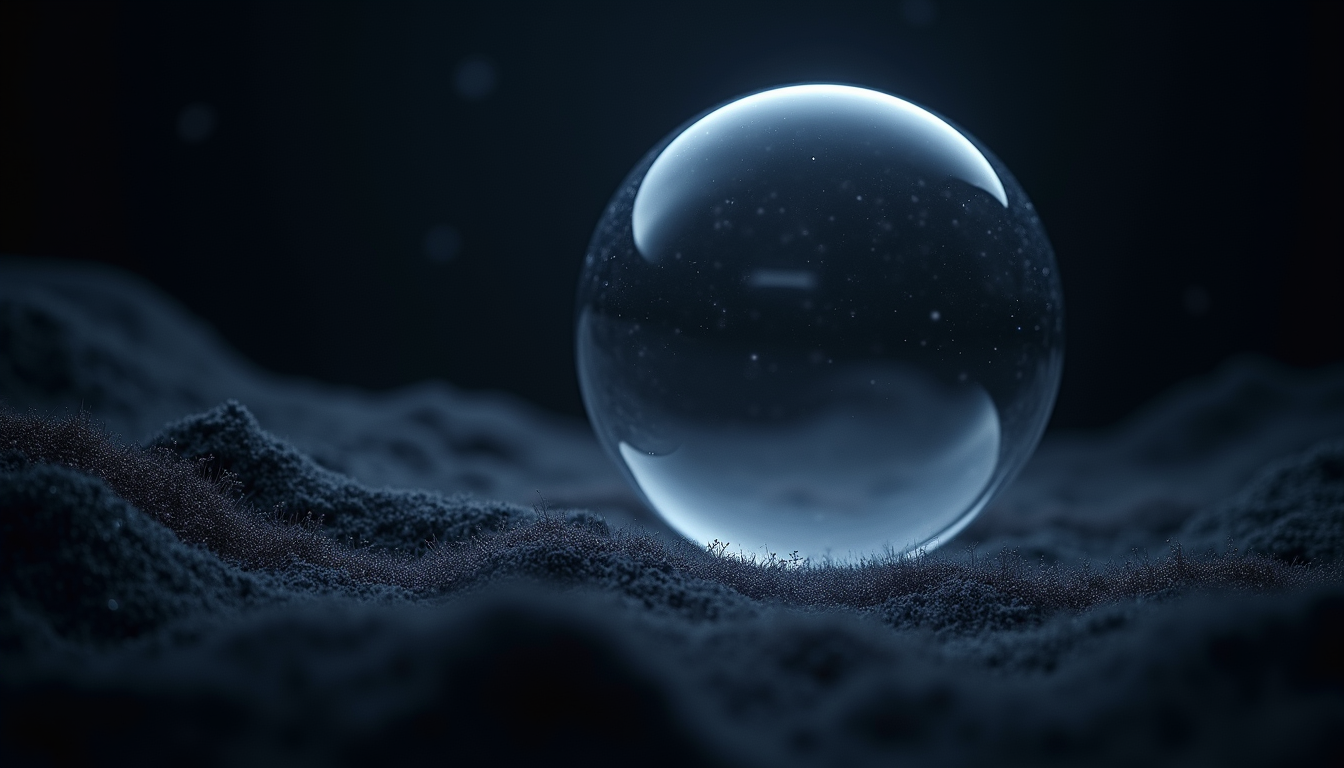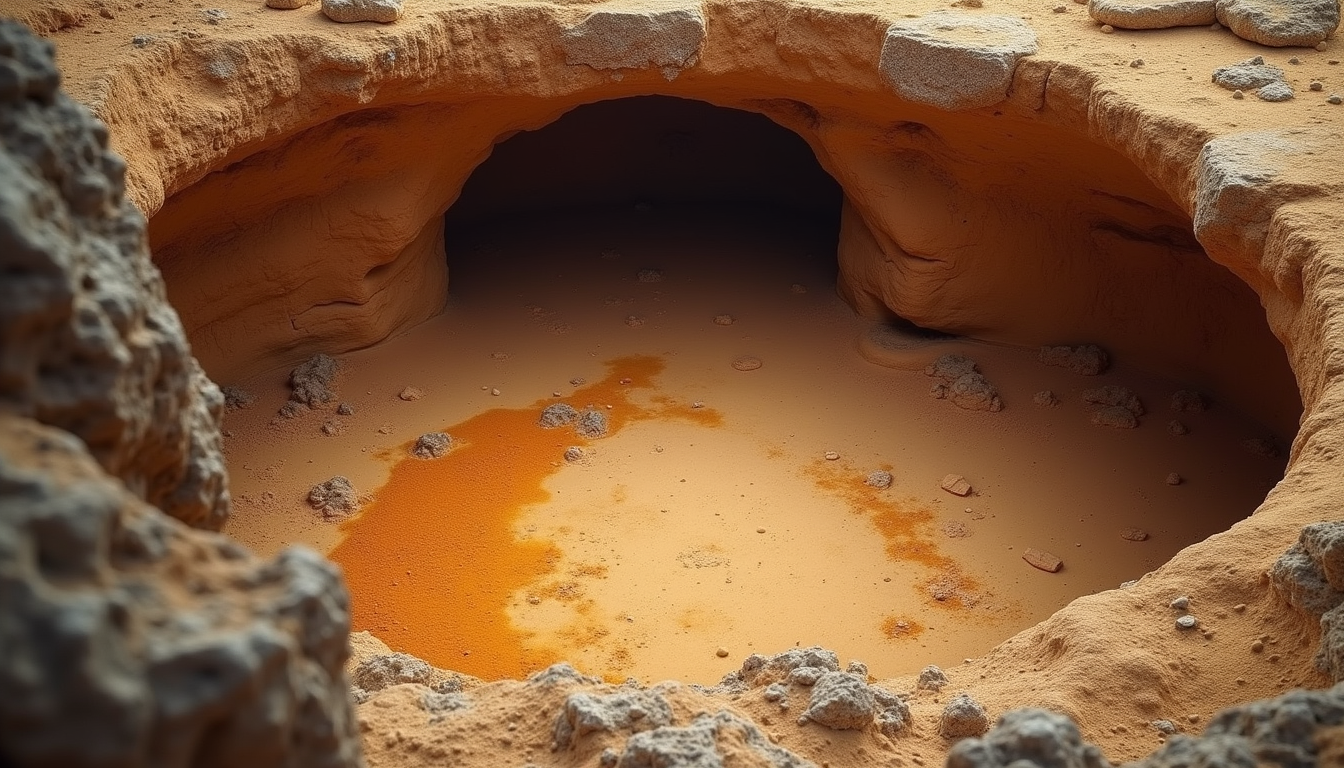The universe is an endless tapestry of wonders that often captivate our imagination. Among these celestial spectacles, the death throes of stars produce some of the most awe-inspiring phenomena. One remarkable aspect is the enormous cosmic bubble created around a dying star. This astonishing structure not only challenges our grasp of scale but also highlights the beauty and complexity of the cosmos. In this blog post, we will examine the chilling beauty of these cosmic bubbles, exploring their formation, significance, and the wonder they evoke.
Understanding Dying Stars
Dying stars represent the final chapter of once-great celestial giants that have depleted their nuclear fuel. As they approach the end of their life cycles, these stars undergo dramatic transformations. For instance, our sun, a medium-sized star, will eventually swell into a red giant before shedding its outer layers, creating a planetary nebula. On the other hand, more massive stars may explode in spectacular supernova events, collapsing into black holes or neutron stars. The life of a dying star is a series of intricate processes that can give birth to vast and beautiful cosmic structures.
The Formation of Cosmic Bubbles
When a star reaches its life’s end, it often ejects its outer layers into space. This ejection creates bubbles filled with gas and dust that expand outward. A striking case is the Ring Nebula, which is about 2,000 light-years away and showcases a stunning ring-like shape formed by a dying star throwing off its outer material. The energy released during this event can ionize nearby material, causing it to glow brilliantly and resulting in vibrant nebulae. Many of these bubbles can be incredibly large, spanning light-years across, showcasing intricate patterns and colors due to various elements present.
The Scale of Cosmic Bubbles
To understand the scale of these cosmic bubbles, consider their vastness. A single bubble can extend for thousands of light-years, making it hard to comprehend. Take the Crab Nebula as a prime example; this remnant of a supernova explosion is approximately 11 light-years across and houses intricate structures formed from the expanding gases. Such immense scales serve to remind us of the universe's grandeur and the intricate processes at play.
The Beauty of Cosmic Bubbles
The visual allure of cosmic bubbles is simply breathtaking. The colors and shapes generated by the ejected materials are often stunning, featuring deep reds, bright blues, and vibrant greens. These colors emerge from different elements being ionized and emitting light at various wavelengths. For example, hydrogen emits a striking red color, while oxygen often produces a bright green hue. The intricate patterns formed by gas and dust interactions resemble stunning works of art, highlighting nature's creativity.
The Significance of Cosmic Bubbles
Beyond their visual splendor, cosmic bubbles offer significant scientific insights. They provide astronomers with crucial information about star life cycles and galaxy evolution. By studying these structures, scientists can gain a deeper understanding of the universe's chemical composition and the conditions that foster star formation. Cosmic bubbles also play an essential role in recycling cosmic materials, leading to the birth of new stars and planets. For instance, elements formed in dying stars contribute to the next generation of solar systems, enriching the cosmic neighborhood.
Observing Cosmic Bubbles
Gazing upon these cosmic bubbles requires advanced telescopes and imaging techniques. Instruments such as the Hubble Space Telescope have captured stunning images of numerous nebulae, unveiling the incredible details within these structures. Hubble's observations have led to crucial findings about the life cycles of stars and the evolution of galaxies. As technology continues to progress, astronomers are expected to uncover even more cosmic bubbles, enhancing our understanding of the universe.
The Emotional Impact of Cosmic Bubbles
Witnessing a dying star's cosmic bubble can stir a multitude of emotions. The breathtaking beauty of these structures often evokes awe and wonder, reminding us of both the fragility of existence and the vast expanse of the cosmos. For many, these cosmic phenomena ignite curiosity and a longing to explore the universe further. The transparency of life and death reflected in these bubbles serves as a powerful reminder that beauty exists even in endings.
The Journey Ahead for Cosmic Bubbles
As our understanding of the universe grows, so will our comprehension of cosmic bubbles. Future missions and advancements in technology are likely to lead to groundbreaking discoveries, shedding light on these fascinating structures. The ongoing research into dying stars and their cosmic bubbles will remain vital, allowing us to peel back the layers surrounding the life cycles of stars and the dynamics of our universe.
Final Thoughts
The chilling beauty of a dying star's enormous cosmic bubble exemplifies the wonders of our universe. These structures, born from the remains of stars, invite us to reflect on both the scale and grandeur of the cosmos. They are not only aesthetically striking but also hold invaluable scientific information, offering insights into the life cycles of stars and the evolution of galaxies. As we continue to unravel the mysteries of the universe, the allure and intrigue of these cosmic bubbles will inspire generations to look up at the night sky with wonder and curiosity. The universe is indeed vast, brimming with countless mysteries waiting to be discovered.





